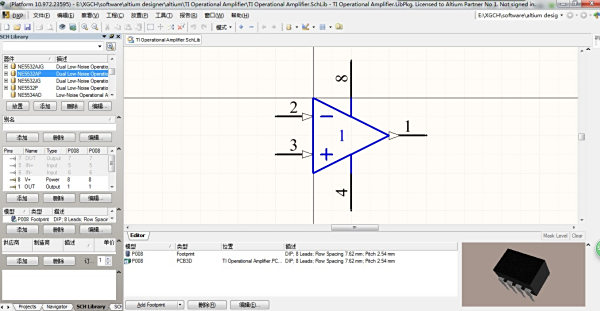

For these properties, sEMG is utilised in many fields, including bio-mechanics, sport-science, and rehabilitation.ĭue to the low amplitude of the bio-potential signal, sEMG can be contaminated by several forms of interference, such as mains supply interference and movement artefact. sEMG has been used to provide measures such as muscular torque, muscular fatigue, and subject intent. The electrical activity captured by sEMG is a bipolar signal with amplitude ⩽ 10 mV pk-pk and usable energy within 0–500 Hz, but predominantly within the 50–150 Hz range. One such signal is surface electromyography (sEMG), a non-invasive technique applied to study skeletal muscle contraction, detecting the electrical activity in contracting muscle cells. The design has been tested on the forearms of four able-bodied subjects during 25 Hz constant current stimulation, and has been shown to record subject volitional sEMG and M-wave without saturation.īioelectrical signals are widely used throughout commercial technology as well as in research.

The open source, low-cost nature of the design provides accessibility to researchers without the time and cost associated with design development. This research presents the design, test and validation of an open source sEMG design, able to record muscle bio-potentials concurrently to electrical stimulation. Furthermore, most commercial or research level designs are not open source these designs are effectively an inflexible black box to researchers and developers. There are very few commercial sEMG devices that contain protection against large stimulation voltages or measures to reduce artefact transient times. The recording of sEMG can prove difficult due to signal contamination such as movement artefact and mains interference. sEMG has been used in a wide range of clinical and biomedical fields, providing measures such as muscular fatigue and subject intent.

Measuring sEMG of a stimulated muscle can prove particularly difficult due to large scale and long lasting stimulation-induced artefacts: if an sEMG device does not account for such artefacts, its measurements can be swamped and components damaged. Surface Electromyography (sEMG) is the non-invasive measurement of skeletal muscle contraction bio-potentials.


 0 kommentar(er)
0 kommentar(er)
